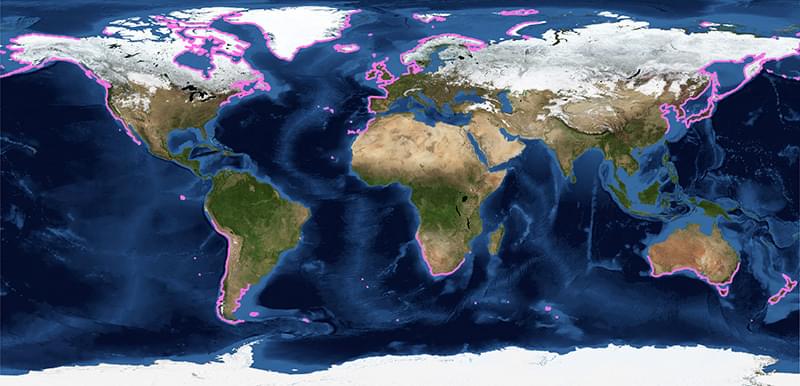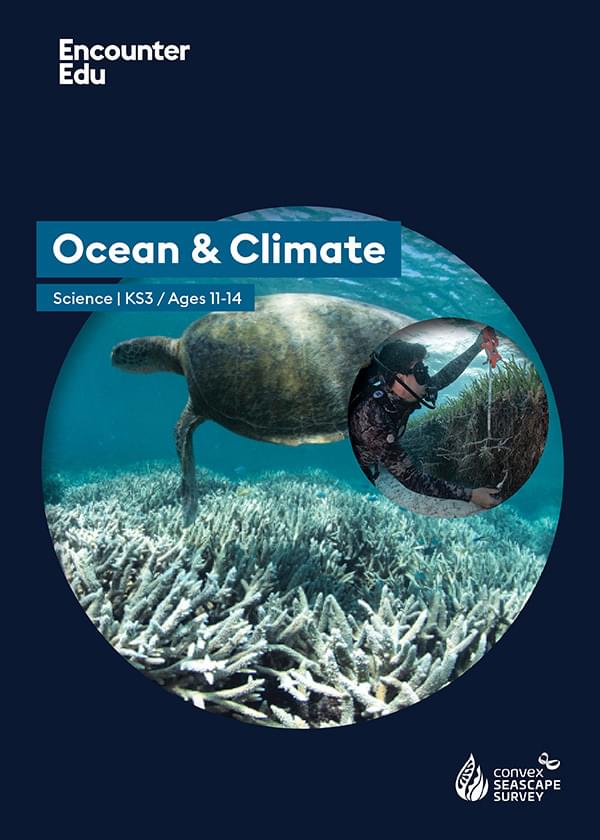All about kelp forests
Part of:
Convex Seascape SurveyKelp forests are underwater ecosystems formed by large brown algae called kelp. These tall, fast-growing seaweeds create a unique habitat for a wide variety of marine life. Kelp forests are found in temperate and polar coastal regions around the world.

Where are kelp forests found?
Kelp forests are found along the coasts of several continents, including the west coast of North America, the coasts of South America, South Africa, Australia, New Zealand, and parts of Europe. They typically grow in clear, cool, and nutrient-rich waters at depths between 2 and 30 meters.
Kelp forests as marine biodiversity hotspots
Kelp forests are among the most diverse and productive ecosystems on Earth. They provide food, shelter, and breeding grounds for numerous species of fish, invertebrates, and marine mammals. Many commercially important fish species, such as rockfish and lobster, depend on kelp forests for their survival.
The importance of kelp forests
Kelp forests play a crucial role in coastal ecosystems. They help protect shorelines from erosion by absorbing wave energy and stabilising the seafloor. Kelp forests also absorb large amounts of carbon dioxide from the atmosphere, helping to mitigate the effects of climate change.
Threats to kelp forests
Despite their importance, kelp forests face several threats. Climate change, pollution, overfishing, and invasive species can all contribute to the decline of kelp forests. In some areas, sea urchin populations have exploded due to the absence of their natural predators, leading to the overgrazing of kelp.
 Cristian Lagger/Por El Mar
Cristian Lagger/Por El Mar
Protecting kelp forests
Efforts are underway to protect and restore kelp forests around the world. These include establishing marine protected areas, managing fisheries sustainably, and controlling invasive species. Scientists are also working to better understand the factors that influence kelp forest health and resilience.
Kelp forest restoration success stories
In California, a project to restore kelp forests by removing invasive purple sea urchins has shown promising results. In Tasmania, Australia, scientists have successfully used artificial reefs to promote kelp growth and support marine biodiversity. These success stories demonstrate the potential for effective kelp forest conservation and restoration.
